1. Community-Centric Developments
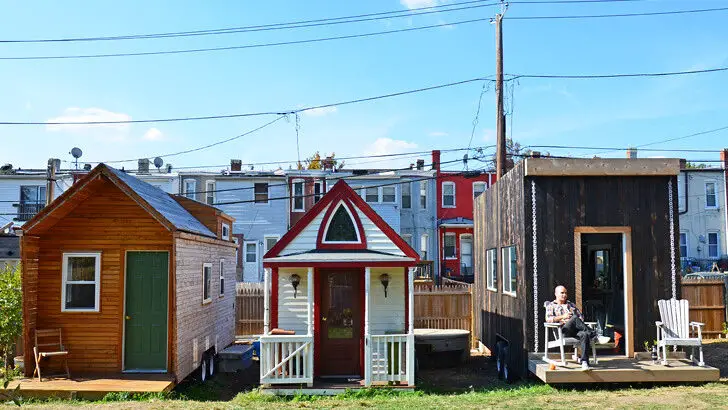
Tiny home communities are sprouting up in suburban areas, emphasizing shared resources and a strong sense of connection. These neighborhoods often include communal gardens, co-working spaces, and shared recreational facilities, creating a village-like atmosphere. Residents benefit from reduced costs and closer relationships with neighbors.
According to The Tiny Life, these communities also appeal to eco-conscious individuals seeking a simpler, more sustainable lifestyle. With amenities designed for shared use, such as laundry facilities and workshops, these developments promote both efficiency and collaboration. This trend is reshaping suburban living by prioritizing community over isolation.
2. Vertical Living Spaces
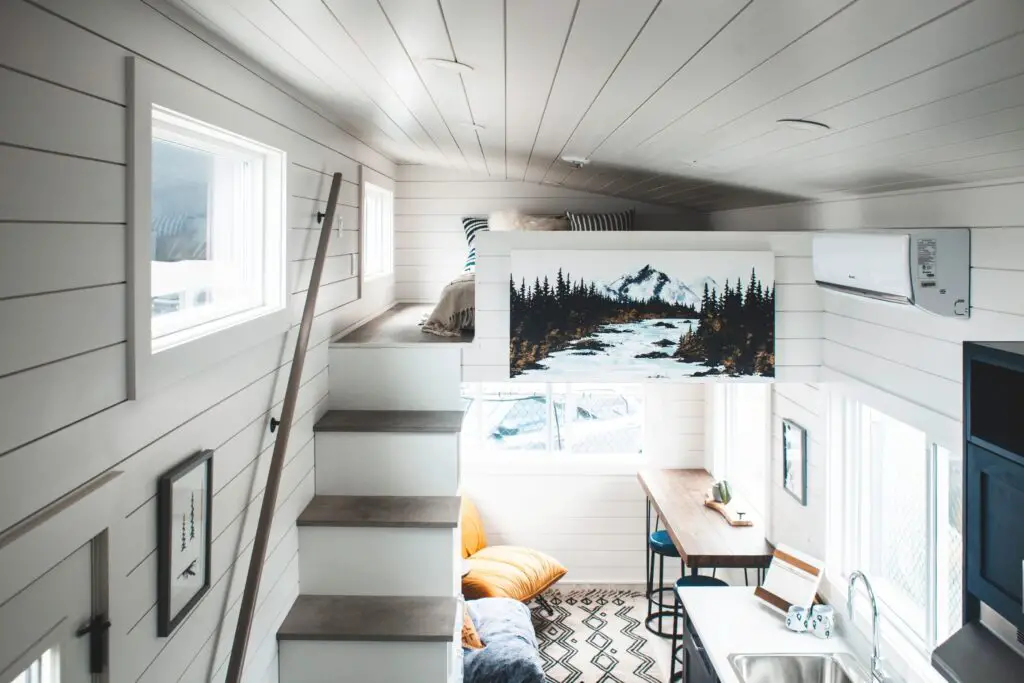
Tiny homes in suburbia are embracing verticality, utilizing every inch of space to maximize functionality. From lofted bedrooms to built-in vertical storage solutions, these designs allow homeowners to live large in a small footprint. Stairs and ladders often double as hidden storage compartments, ensuring that no space goes to waste.
According to Curbed, vertical living also extends to outdoor areas with multi-level decks and rooftop gardens becoming popular additions. These features add valuable square footage for relaxation or entertaining. By building upward, tiny homes are proving that limited land doesn’t have to mean limited potential, making this trend a game-changer for suburban living.
3. Solar-Powered Efficiency
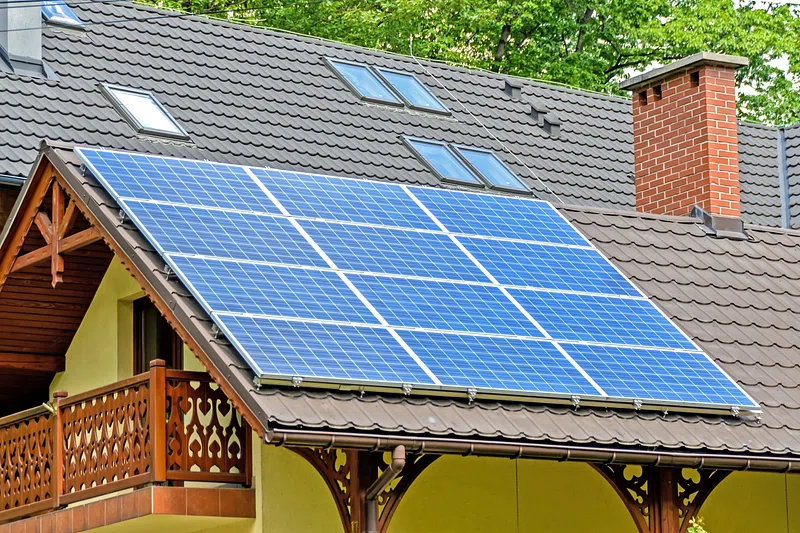
Sustainability is at the forefront of tiny home trends, with solar panels becoming a staple in many designs. These homes prioritize energy independence, reducing reliance on the grid and lowering electricity bills. Advances in solar technology have made installations more affordable and efficient, even for compact spaces.
As noted by Green Building Advisor, some tiny homes also feature battery storage systems, ensuring a reliable energy source during outages. Coupled with energy-efficient appliances, solar-powered tiny homes offer a low-cost, eco-friendly solution for suburban living. This shift not only benefits homeowners but also aligns with broader goals of reducing carbon footprints across communities.
4. Multi-Purpose Furniture
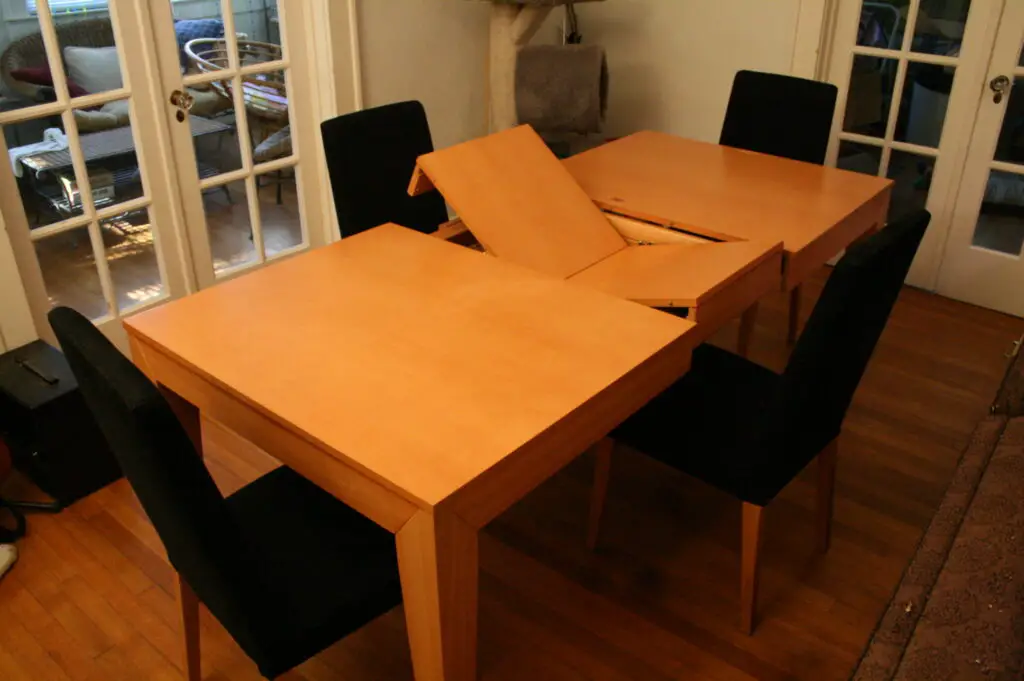
Tiny homes are leading the charge in innovative furniture design, with multi-purpose pieces transforming how space is used. Fold-out beds, extendable dining tables, and convertible sofas are standard, offering flexibility for various needs. These designs cater to homeowners who want stylish yet functional interiors.
According to Architectural Digest, modular furniture with hidden storage is particularly popular in tiny homes. For instance, ottomans that double as storage bins or beds that tuck away into the wall free up valuable floor space. This trend is reshaping suburban interiors, proving that compact doesn’t have to mean cramped.
5. Natural Building Materials
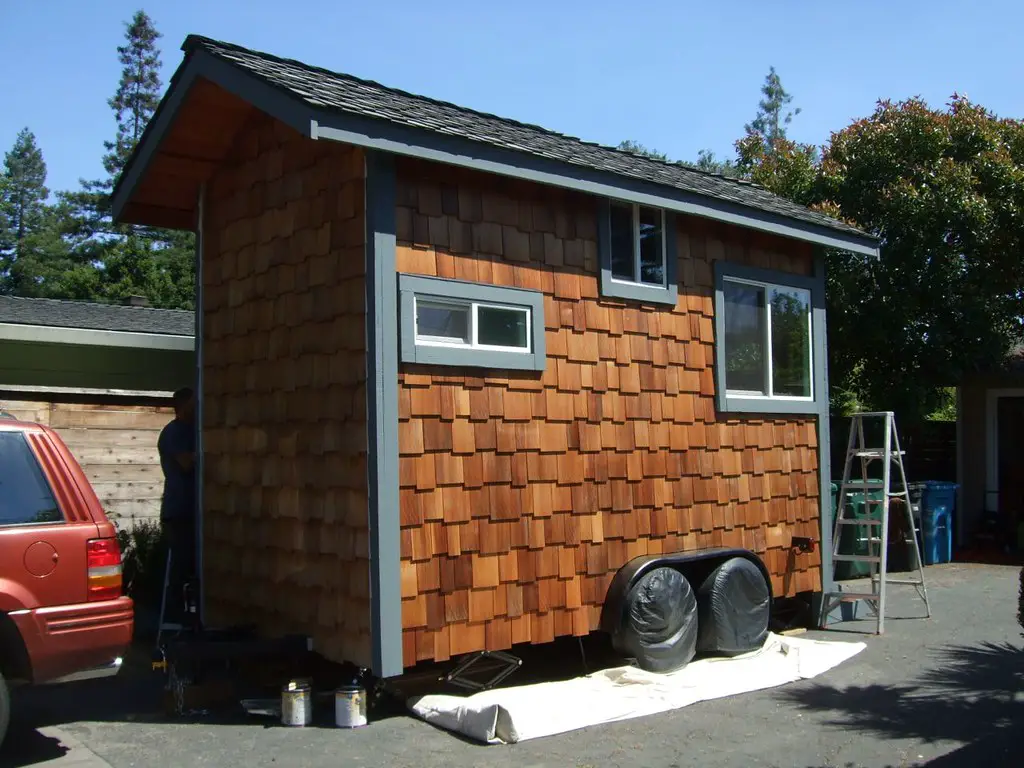
Tiny homes are embracing natural and reclaimed materials to create eco-friendly and aesthetically pleasing designs. Materials like bamboo, cork, and reclaimed wood are commonly used for flooring, walls, and furniture. These choices contribute to a healthier indoor environment while reducing the ecological impact of construction.
As reported by Dezeen, natural materials also enhance the home’s aesthetic, adding warmth and texture. Innovations like hempcrete and straw bale construction are being adapted for tiny home builds, offering durability and insulation. This focus on sustainable materials is setting a new standard for suburban housing.
6. Smart Technology Integration
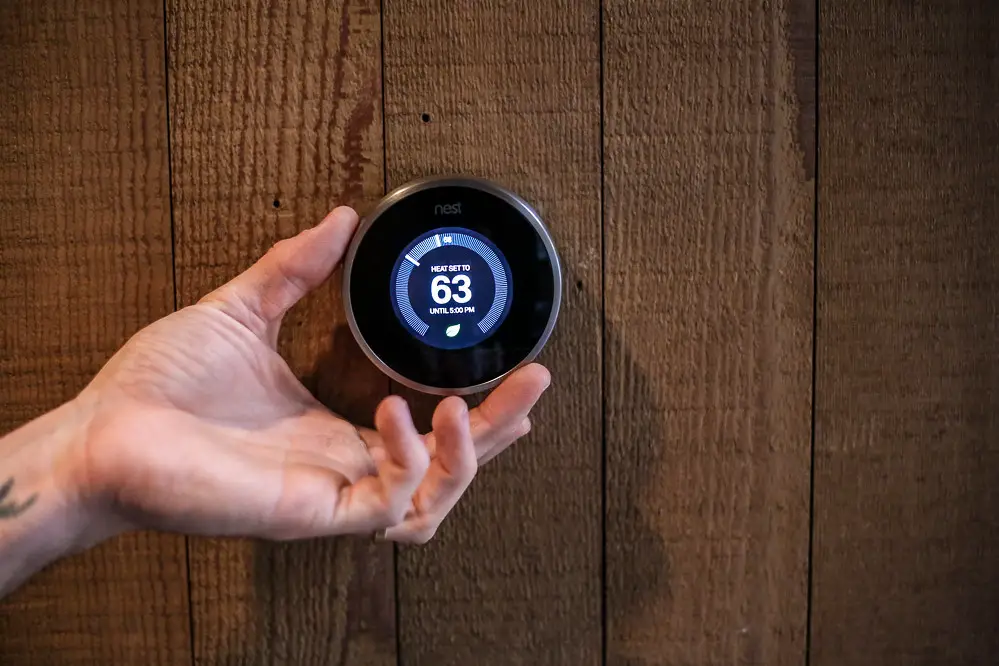
Smart home technology is making tiny homes more convenient and efficient, with systems tailored to smaller spaces. Voice-controlled devices, automated lighting, and compact security systems are common features. These technologies enhance functionality and make tiny homes feel modern and high-tech.
According to TechCrunch, energy-monitoring devices and smart thermostats help tiny homeowners manage resources effectively. Smart furniture, like adjustable desks or app-controlled beds, is also gaining traction. By integrating cutting-edge technology, tiny homes are setting a new benchmark for innovation in suburban living.
7. Emphasis on Outdoor Living
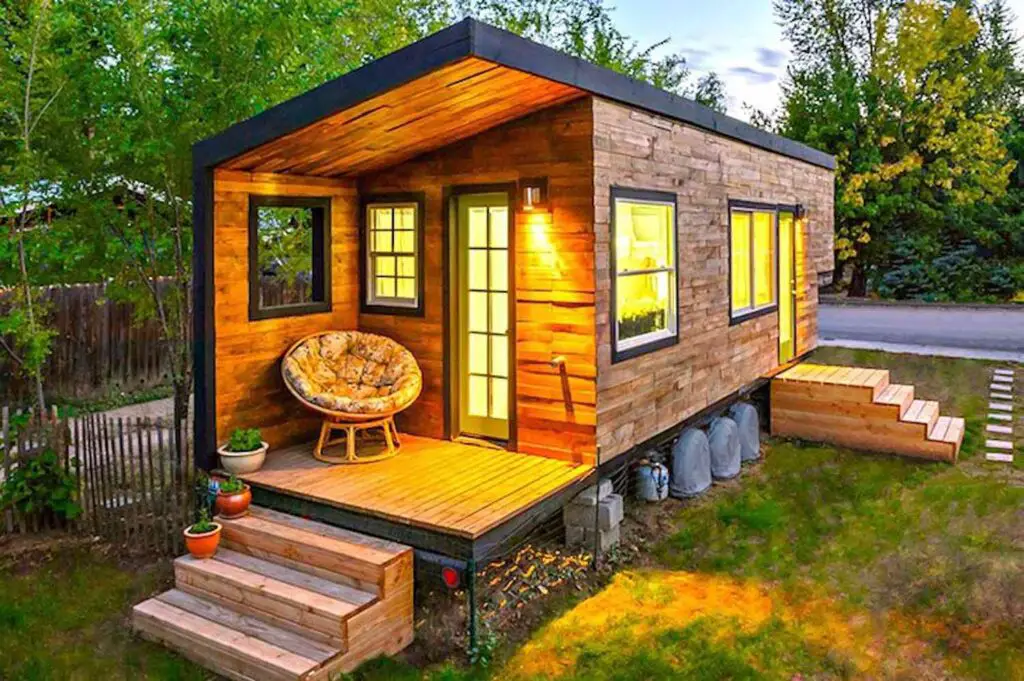
To compensate for limited indoor space, tiny homes are emphasizing outdoor living areas. Decks, patios, and pergolas expand the usable square footage and create inviting spaces for relaxation or entertaining. These additions blur the lines between indoor and outdoor living.
As noted by Better Homes & Gardens, features like outdoor kitchens, fire pits, and garden seating are increasingly common in tiny home designs. Foldable walls or large sliding doors further enhance the connection to nature. This trend highlights the adaptability of tiny homes, making them perfect for suburban areas with ample outdoor space.
8. Customization and Personalization
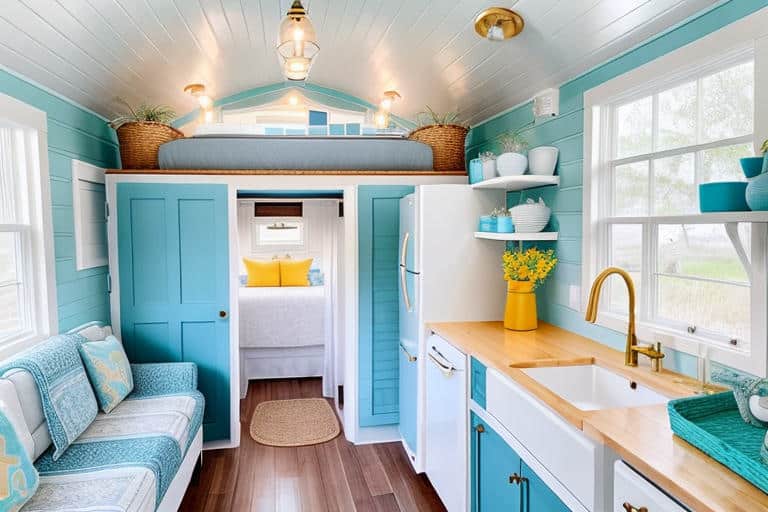
Tiny homes are becoming highly customizable, allowing homeowners to tailor designs to their specific needs and preferences. From choosing unique layouts to selecting personalized finishes, this trend ensures that no two tiny homes are alike. This focus on individuality makes tiny living appealing to a broader audience.
According to Tiny House Talk, options like custom cabinetry, themed interiors, and unique storage solutions are popular among buyers. This level of customization allows homeowners to maximize comfort and functionality while expressing their personal style. As tiny homes continue to gain popularity, this trend underscores their versatility.
9. Off-Grid Capabilities
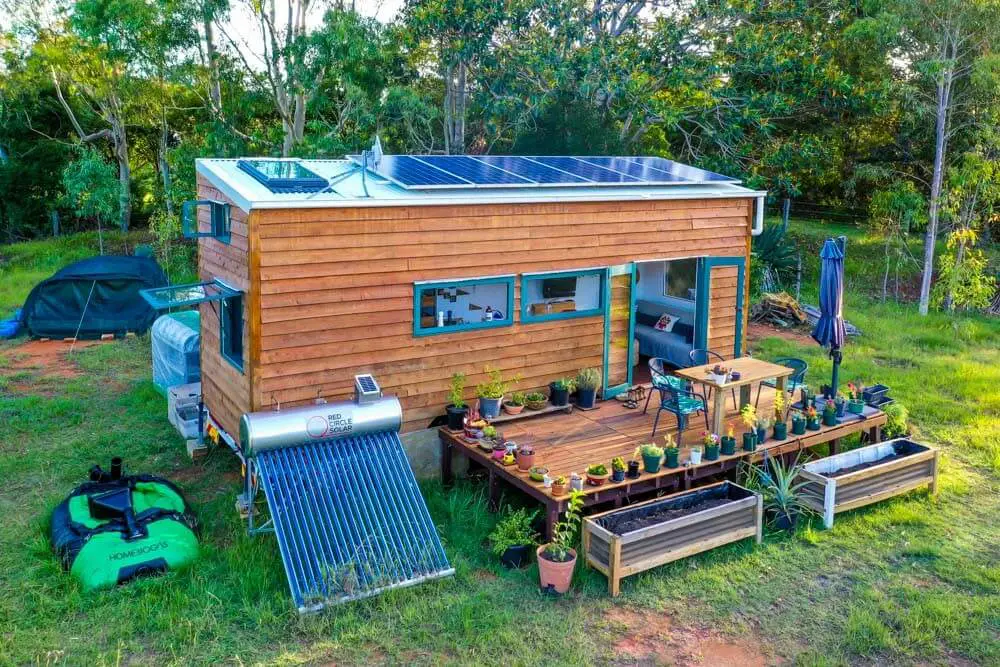
Tiny homes designed for off-grid living are gaining traction, offering independence from traditional utilities. Features like composting toilets, rainwater harvesting systems, and solar energy setups make these homes self-sufficient. These innovations appeal to environmentally conscious buyers and those seeking a simpler lifestyle.
According to Off-Grid World, off-grid tiny homes also incorporate efficient water and energy usage strategies. Portable designs even allow for relocation, making them a flexible option for suburban living. This trend highlights the growing desire for autonomy and sustainability in housing.
10. Affordable Luxury Features
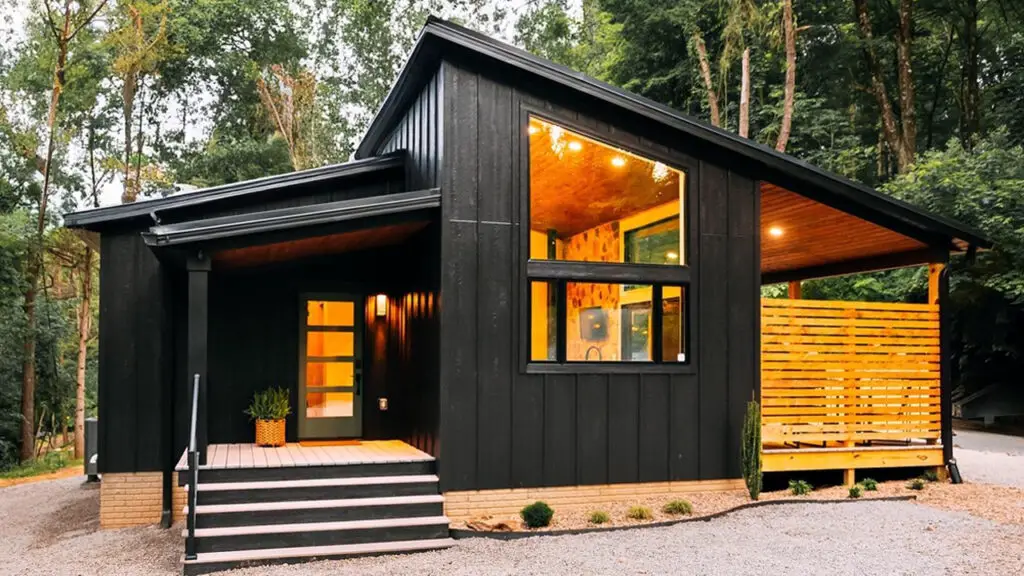
Tiny homes are breaking stereotypes by incorporating affordable luxury features, making them feel like high-end spaces without the hefty price tag. Many include spa-like bathrooms with rainfall showerheads, heated floors, and freestanding tubs. Kitchens often feature quartz countertops, stainless steel appliances, and custom cabinetry to enhance both functionality and aesthetic appeal.
According to House Beautiful, luxury doesn’t stop indoors—some tiny homes feature outdoor hot tubs, custom fire pits, and beautifully landscaped gardens. By focusing on premium touches in compact spaces, tiny homes are proving that downsizing doesn’t mean sacrificing comfort or style. These thoughtful upgrades make them increasingly desirable for suburban homeowners looking to combine practicality with indulgence.
11. Focus on Minimalism and Decluttering
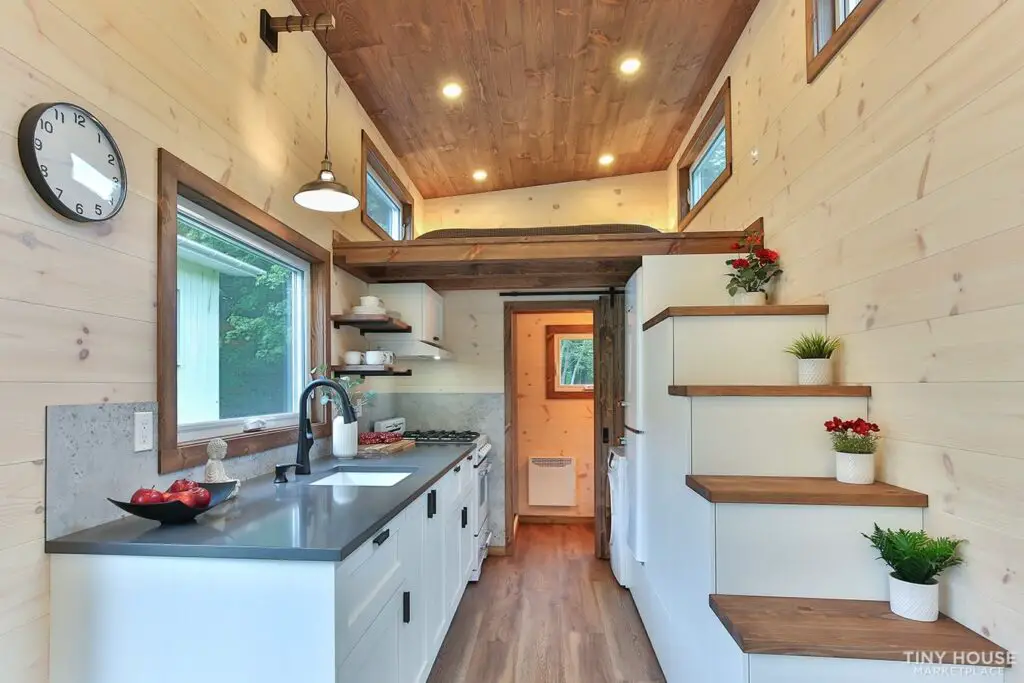
Minimalism has become a cornerstone of tiny home design, encouraging homeowners to live intentionally by decluttering their spaces. Built-in storage solutions and furniture that doubles as storage help homeowners stay organized while maximizing their living area. This approach promotes a sense of calm and order, even in the smallest spaces.
As highlighted by The Minimalists, tiny home living also embraces the “less is more” philosophy, encouraging owners to focus on quality over quantity. Minimalism not only creates a visually clean aesthetic but also reduces the environmental and financial burdens associated with excess consumption. This trend is particularly appealing to those seeking simplicity in their suburban lifestyles.
12. Eco-Friendly Landscaping
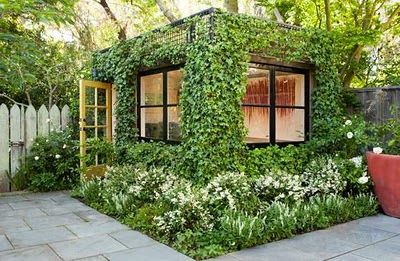
Eco-conscious landscaping is becoming a key feature of tiny home designs, with xeriscaping, native plants, and pollinator-friendly gardens leading the charge. These low-maintenance yards reduce water usage and encourage biodiversity, aligning with the sustainable ethos of tiny home living.
According to The Spruce, edible landscaping, such as raised vegetable beds and fruit trees, is also gaining popularity among tiny homeowners. These gardens not only beautify the space but also provide fresh, homegrown produce. By prioritizing eco-friendly outdoor designs, tiny homes are redefining what it means to live sustainably in suburbia.
13. Portable Tiny Homes

Mobility is a growing trend in the tiny home movement, with many homeowners opting for portable designs. These homes are built on wheels, allowing for easy relocation without compromising on style or functionality. This flexibility appeals to individuals who value travel or need to adapt to changing life circumstances.
As reported by Tiny House Listings, portable tiny homes come equipped with all the essentials, from fully functional kitchens to cozy sleeping lofts. Advanced towing systems and lightweight materials make transport easier than ever. This trend is transforming suburbia by introducing a new level of adaptability and freedom in housing.
